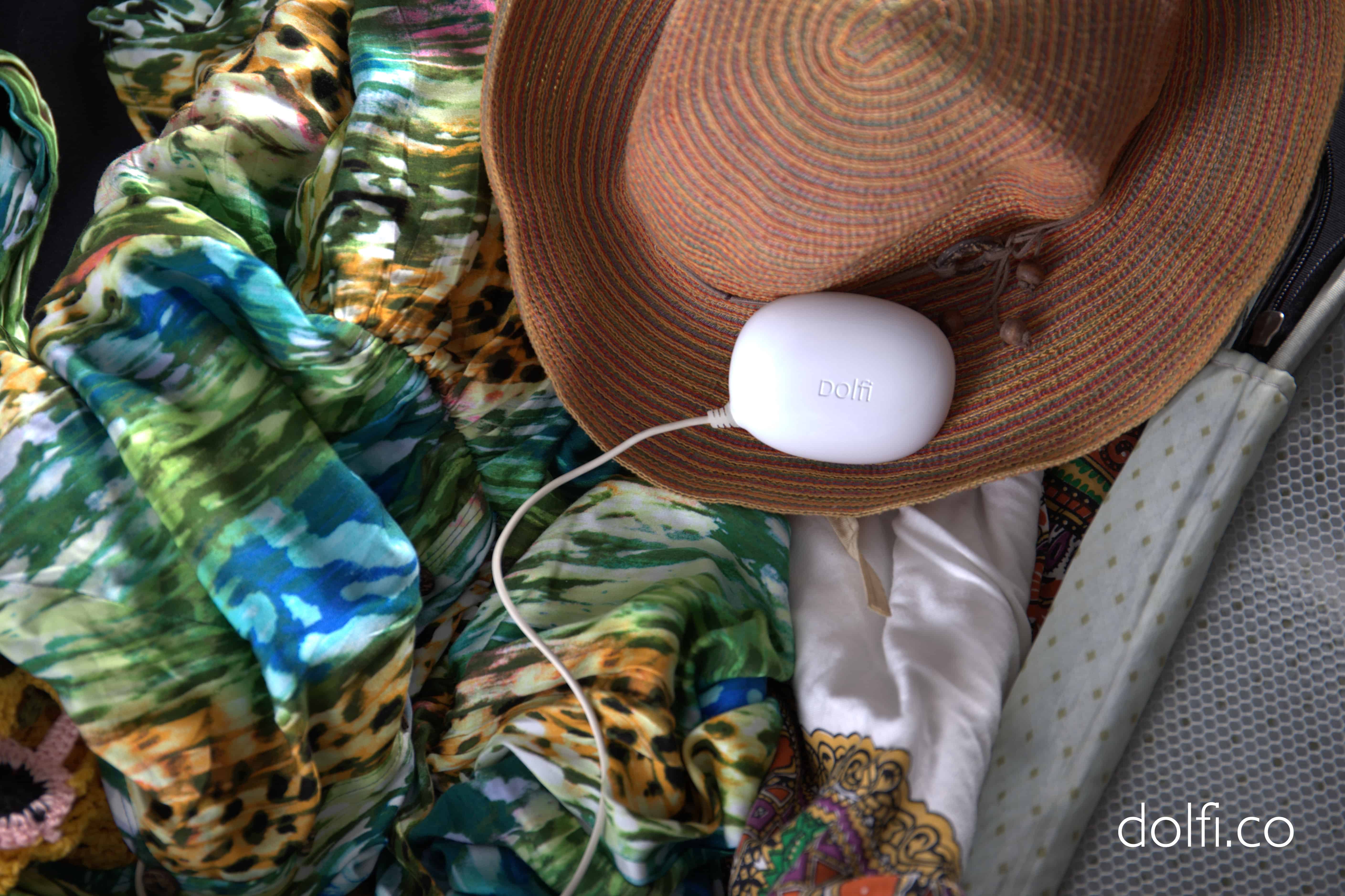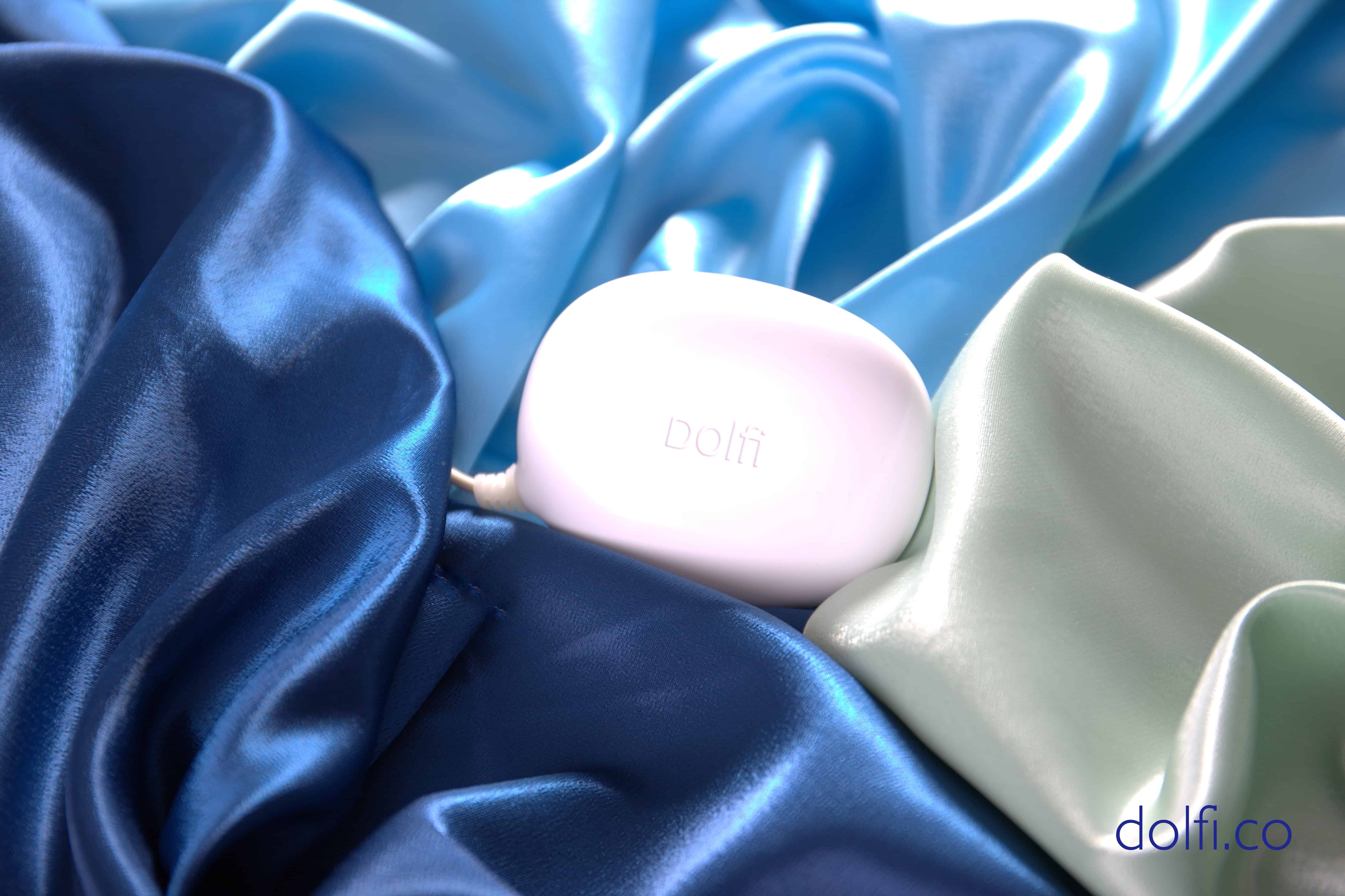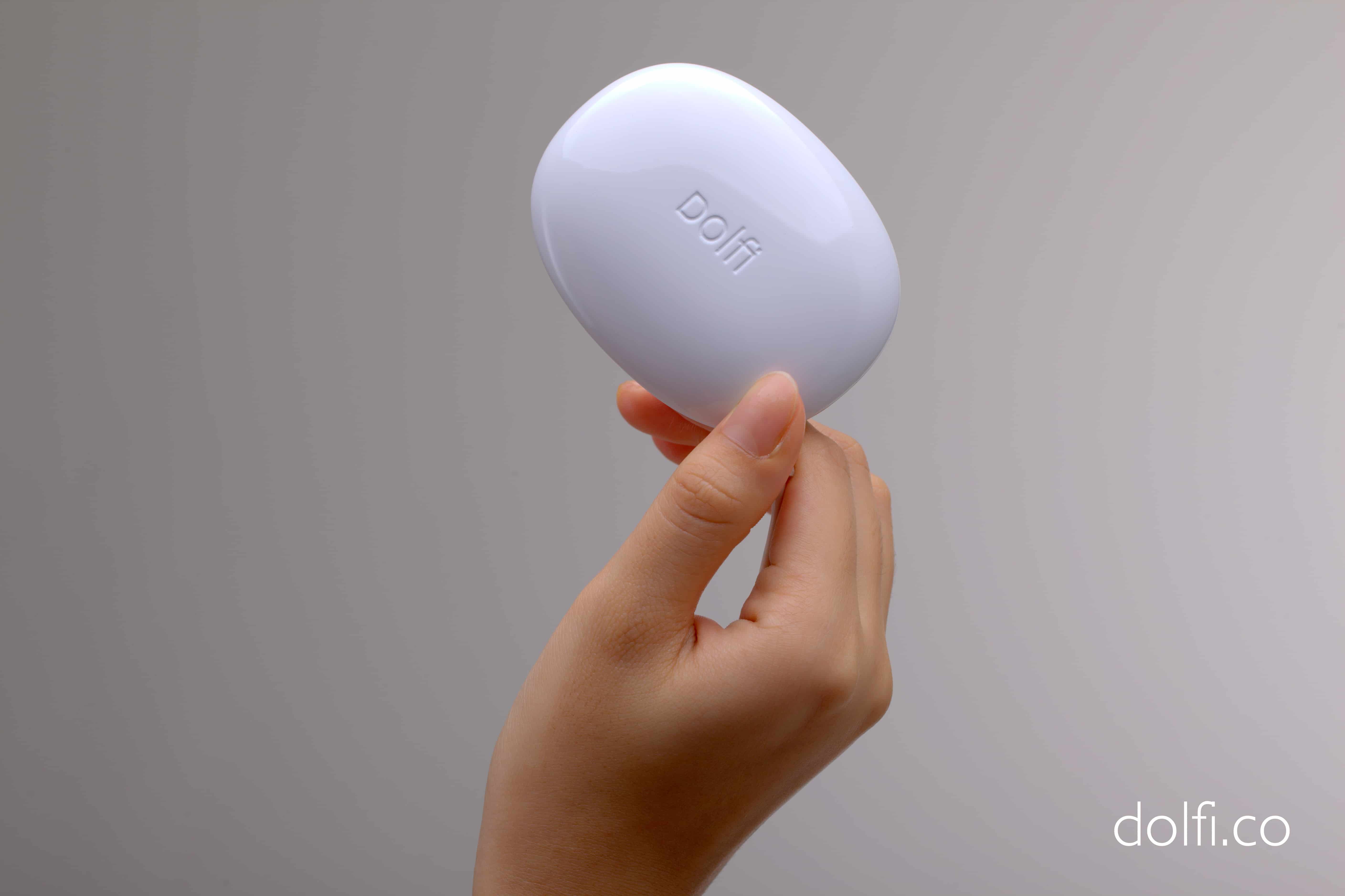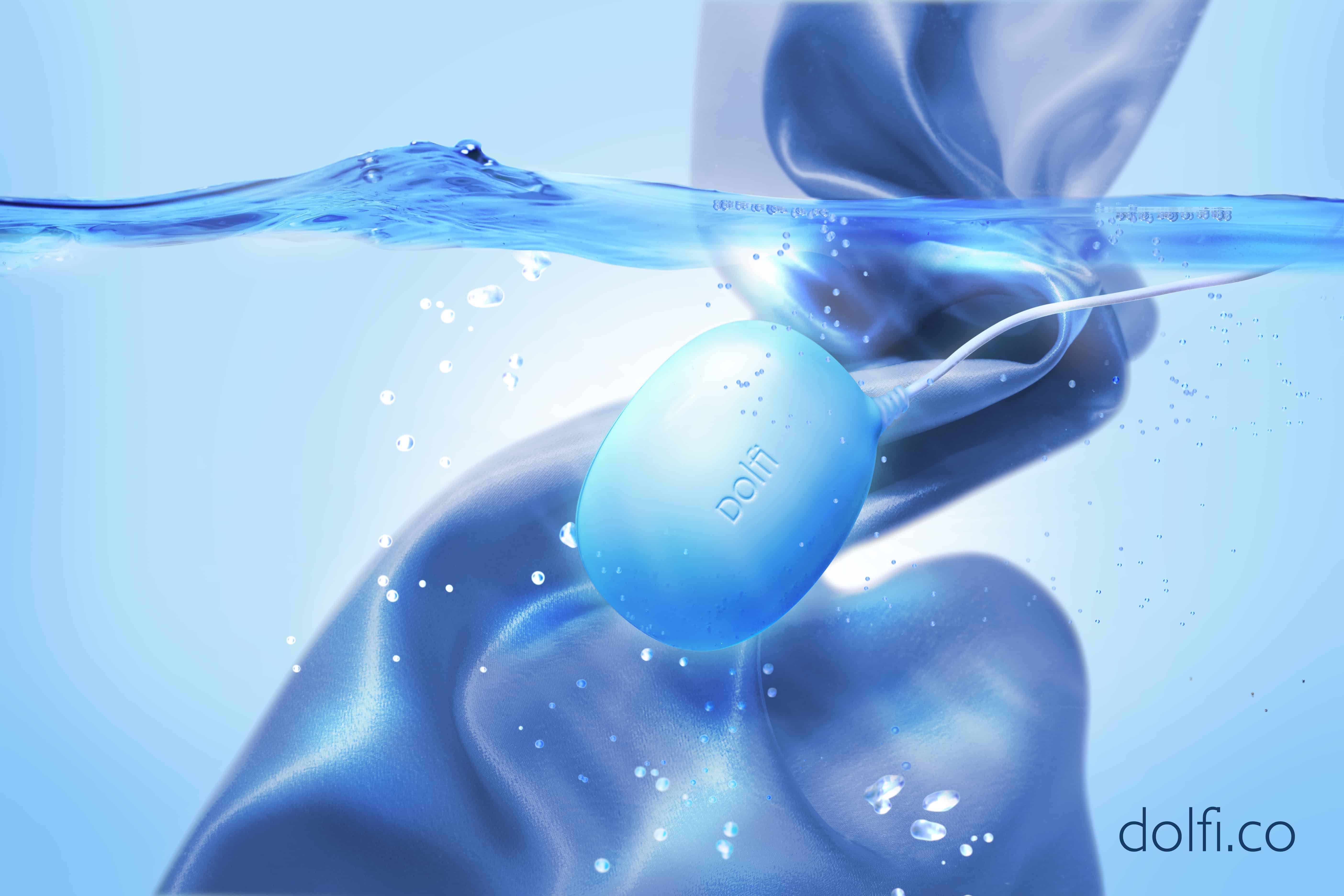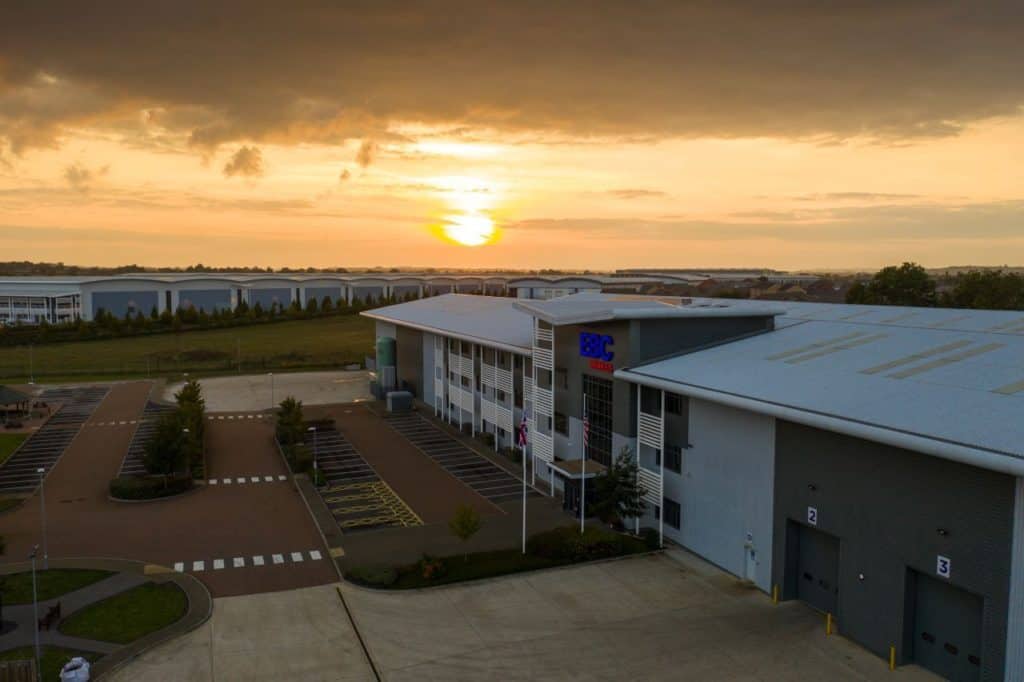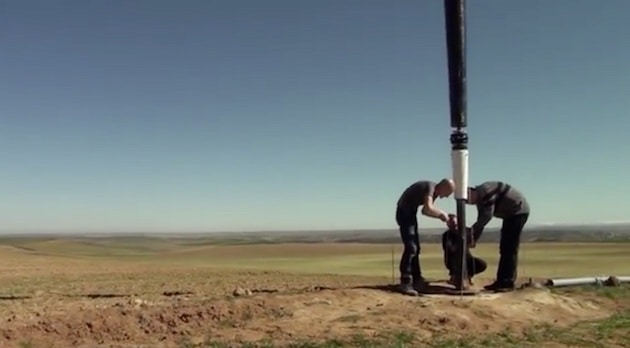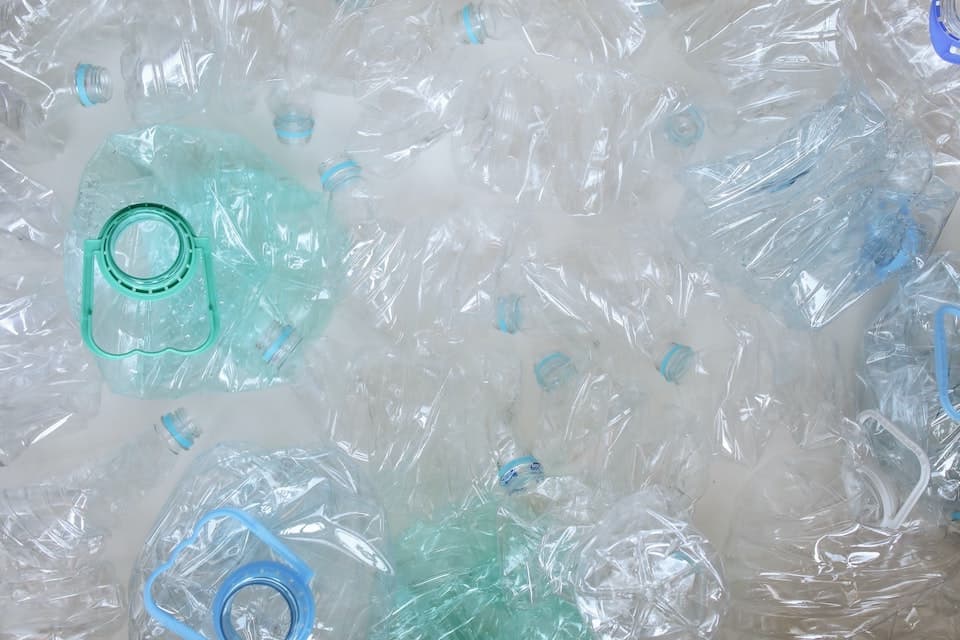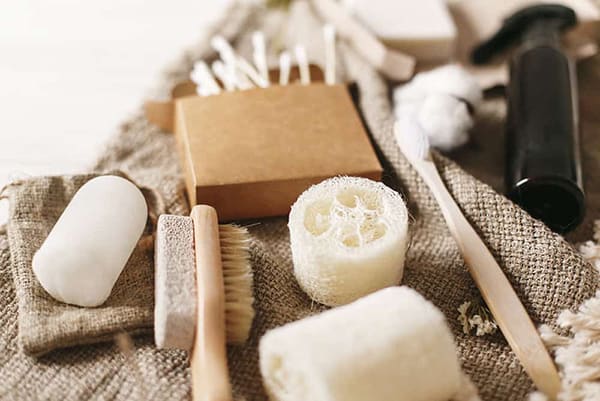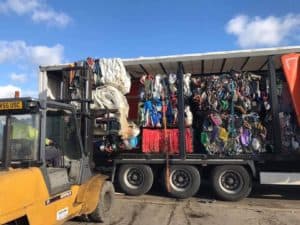Plastic Expert are pleased to interview the founder of the Dolfi Company…
Hi Lena, would you like to introduce yourself and Dolfi?
My name is Lena Solis and I’m the founder of the Dolfi company. Dolfi is a startup company that recently introduced its first product – an elegant, compact hi-tech device that cleans clothing with the power of ultrasonic technology. Our Team at Dolfi is passionate about redefining amazing ultrasonic technology for consumer products.
Can you tell us about the history of Dolfi?
As with many product ideas, I came up with this out of my own personal needs. I’m traveling a lot and I have to do laundry on the go. After a few terrible experiences with local laundries and absolutely hating hand-washing, I started to look for a solution.
I knew of ultrasonic’s great cleaning capabilities, so I decided to investigate it more close by visiting laboratories across Germany and Switzerland. I was impressed with the versatile applications of ultrasound, but couldn’t believe that no one was developing consumer products. The decades-old technology can cut and weld materials, extract and homogenize substances, even purify water. However, the engineers I met were content working on lucrative industrial and medical projects and had little interest in creating new consumer products. That was the moment I decided to redefine this tech for consumer use and Dolfi was born.
What is Dolfi made of, and what’s inside it?
The Dolfi device is made of a special kind of plastic, which ensures a good conductivity for sound waves. Materials are very important for acoustic products, think about for example piano or guitar – materials’ characteristics are crucial for desired performance. With Dolfi we had to find a good balance between acoustic, thermal and visual qualities of plastic. It has to conduct sound well, but also maintain great look for a long time – be scratch and detergent resistant, keep the original white color, etc.
Inside of the device there is a powerful transducer, generating ultrasonic waves modulated within a specific range of frequencies. We apply three layers of waterproof protection; one of them is an ultrasonic welding of plastic casing.
Tell us a bit about the visual design of Dolfi?
Well, this is a long story. Imagine you shall create a shape for an item that has no defined perception. Who knows how ultrasonic cleaning devices shall look? The major challenge for our product designer was the complete freedom of shape choice. He could pick pretty much any shape – square, round, tube, star, dolphin, you name it. Remarkably talented and inspired by our product idea Andre Fangueiro developed in total 9 different concepts and on our long way we discarded good ones to go for perfect. Andre took the challenge and gracefully turned it to the amazingly designed product. His talent and creativity gave Dolfi that clean shape, perfectly communicating the purpose of the product. We received a lot of positive feedback on our product design from supporters.
What did you learn from working with MPI Ultrasonics in Switzerland?
Communication with highly professional engineers is quite a complex process. We may talk about the same thing, but we see it from different perspectives. The highest priority for engineers is a function, whereas I have to make sure that this function fits to the human-friendly design. We put a lot of value and attention to customer interaction with our product and strive to create a really great product that people will love. My challenge here is to align the technical development with design. The more efficient is this coordination, the better results can be achieved. This is a continuous learning process and I like it.
How much energy can be saved by using Dolfi instead of a washing machine?
Dolfi is a low power consumption device. It consumes few times less energy then a typical light bulb. However we don’t think that Dolfi can completely replace an automatic washing machine. It’s rather a useful addition for small amounts of delicate laundry at home and great solution for travel.
How is Dolfi powered; would it need to be plugged into the wall?
Yes, the device has a cable and power plug. Dolfi is constructed in compliance with international safety standards and there is very low voltage going through the cable.
How important is it to you that Dolfi helps make its users more resource efficient?
This is one of our main goals. We love our planet and are reflecting this in products we create. With Dolfi you’ll use less energy, less water, less detergent. And our products are designed to last for a long time as well as keep looking just great. We want to contribute to making the Earth a better place, it’s our philosophy.
What have been the greatest challenges and successes in Dolfi’s story?
There’ve been a lot of challenges and they keep coming up. Design was a great challenge; technical development is another great one. When I think about challenges, quite a lot comes to my mind – video, graphic design, manufacturing… Taking those challenges and turning them into opportunities, this is what I would say makes a success.
Your crowdfunder was a massive success, can you tell us how the funding has allowed Dolfi to progress?
With our crowdfunding campaign we got the most important feedback – a product validation. We learned that thousands of people like what we’re creating and ready to support us. We were overwhelmed by the amazing customers’ response, which is highly rewarding after all our efforts and sleepless nights. Funding is surely a huge help for manufacturing set up, tooling cost etc, but the most important result of our crowdfunding is of course a fantastic market response on Dolfi story – this is what fuels our passion to create great products.
How do you see Dolfi growing over the next five years?
We’ve got a lot of plans. We’ll continue to improve our first device and introduce new features. We also have some ideas for the next few interesting products. Dolfi is on the mission to redefine ultrasonic technology for consumers by creating stylish, greatly performing, environmentally friendly and easy to use products. We’re planning to start with new developments already at the end of 2015, after we set up the mass production for first Dolfi device, so stay tuned for our updates.


